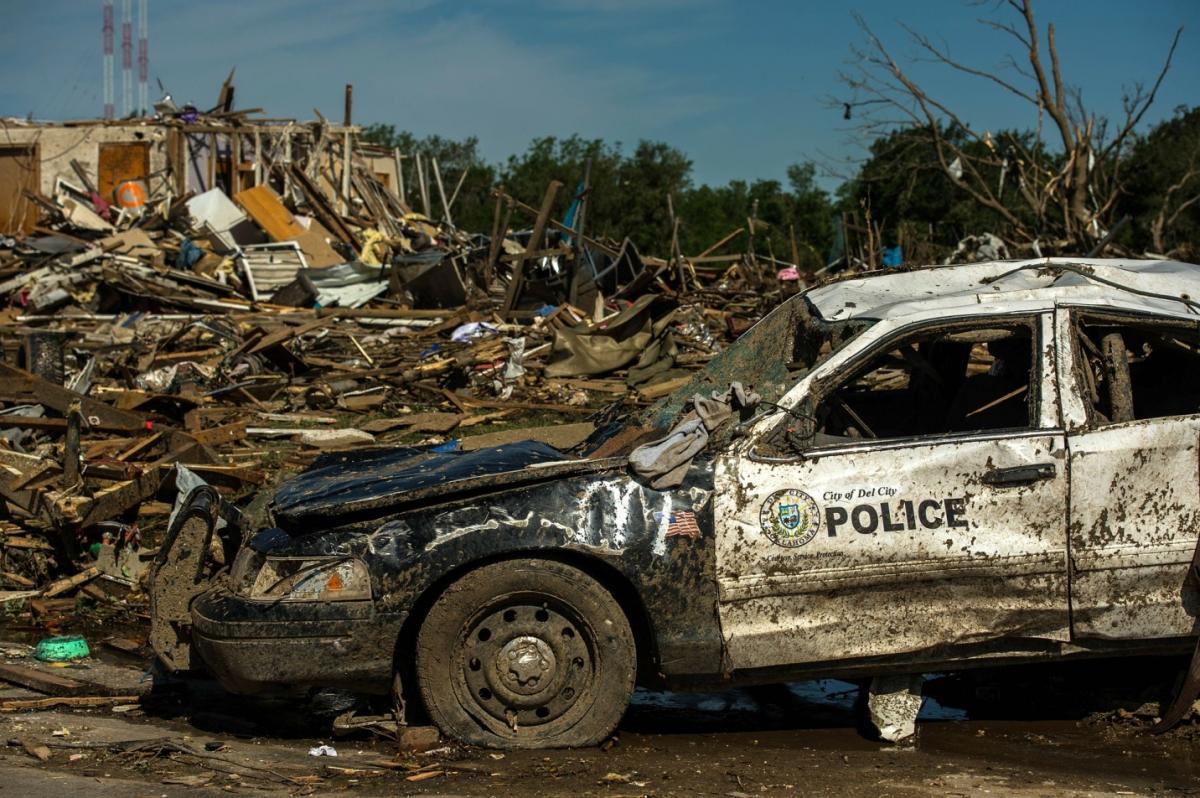Using Unmanned Systems in the Field of Search and Rescue
December 31, 1969In the wake of a natural disaster, the last thing anyone wants is further injury or loss of life. First responders put themselves at risk to aid victims, often without knowing the extent of the situation before they go in.
 Enter unmanned systems.
Enter unmanned systems.
Unmanned systems are capable of aiding first responders by helping them to monitor events as they unfold, and to find victims in need of help in potentially hazardous situations, without the further risk of human life.
According to unmanned systems expert Dr. Richard Baker, “Unmanned systems are used in disaster response and management for monitoring the actual event, whether it’s a tornado, a hurricane, or an earthquake. These vehicles can become essential to identify and provide situational awareness to the incident command.”
The use of these systems is also often a saver of critical time: “They let responders know which roads are closed or open, where people are that need help immediately, and allow them to be able to assess the situation and get that assistance out there faster and easier to an area where it really needs to be taken care of. Rather than doing the search by individuals on the ground, a lot of the initial searches are done by  vehicles in the air,” says Dr. Baker. “And you can use ground vehicles to deliver assistance, or open pathways or whatever needs to be done.”
vehicles in the air,” says Dr. Baker. “And you can use ground vehicles to deliver assistance, or open pathways or whatever needs to be done.”
Unmanned systems are any electromechanical system which has the ability to carry out a predetermined or described task, or a portion of that task, and do it automatically with limited or no human intervention. There are many different types of unmanned systems, including aerial, ground, underwater, and even space vehicles.
Beyond disaster relief, first responders are also beginning to use unmanned systems to aid them in their everyday tasks. Dr. Baker says, “They use them today in public security, law enforcement, and search and rescue. The national parks services and the coast guard are also using them.”
“Search and rescue uses them quite a bit,” he continues, “anything from human body detection to simple things like a lost child in a cornfield can be detected very easily by an overhead vehicle. They can actually not only use them for detection, but if there are some people there that are hurt they can do an air drop to provide medical supplies, or other supplies they might need in an emergency.”
Even insurance companies coming in post-disaster to assess damage and begin the rebuilding process are starting to use unmanned systems. “The insurance companies and risk management are looking at using robots to go in and do an assessment immediately after a disaster and see what needs to be fixed and who needs help, and if people need dispatched to an area,” says Dr. Baker.
From bomb diffusing robots to package delivery drones dropping life vests to people trapped by flooding, it’s difficult to deny that unmanned systems are improving the lives of first responders and the people they save.
To learn more about Capitol’s unmanned systems programs, check out: Unmanned and Autonomous Systems and Unmanned and Autonomous Systems Policy and Risk Management.


